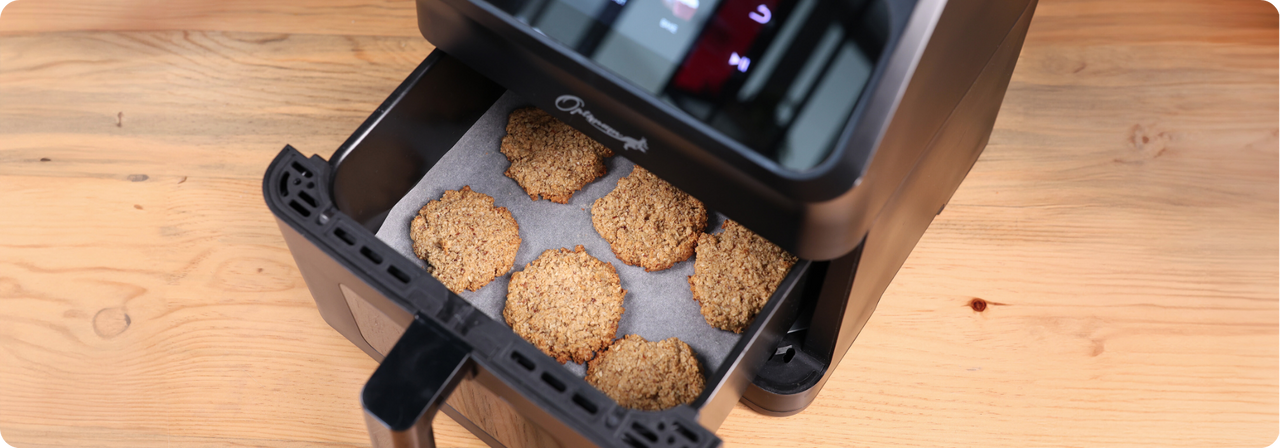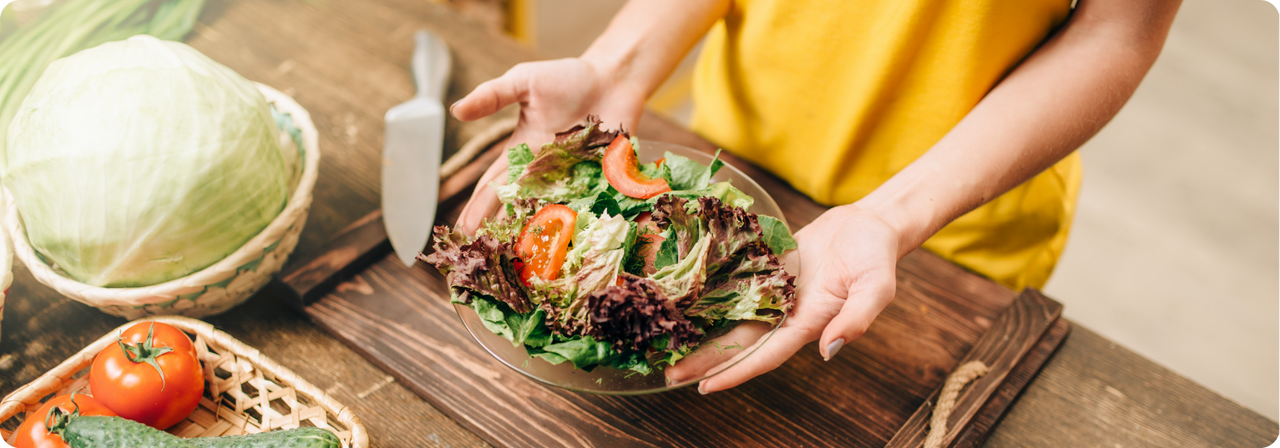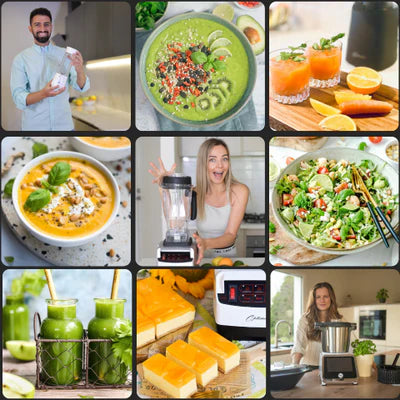At Froothie, we believe a better future starts at home — in the
kitchen, around the table, and in the choices we make every day. With Optimum appliances, Australian families can turn leftovers into lunches, scraps into smoothies or baked goods, and Sunday dinners into something special.
It’s not just about cutting waste — it’s about creating nourishing meals with care, passing down smart habits to our kids, and making the most of what we already have. Because when we waste less, we have more to share — more time, more money, more love.
Let us help you build a smarter, more sustainable kitchen — where nothing goes to waste, and everything brings your family together
Credit to End Food Waste Australia
Check some hacks to avoid food waste
Goodbye waste, hello taste
Get inspired by home cooks to turn leftovers into delicious, creative
dishes—and make food waste a thing of the past!
Zero-waste personality quiz
What kind of zero-waste cook are you?

and discover your zero-waste superpower!
What our zero-waste heroes are saying

Join the zero-waste kitchen movement on Instagram
Follow along for creative recipes, fun
challenges, giveaways, and tips to turn everyday scraps into something
extraordinary.

Fun for kids: become a foodrescue hero
Download our free PDF packed with colouring
pages, games, and activities that teach
kids about reducing food waste—fun ways to
inspire zero-waste habits from an early age.
Together we can turn waste into taste. Join Froothie in building smarter, healthier kitchens.

FAQ: Food Waste & Zero-Waste Living in Australia
What are the most common foods wasted at home?
Fresh produce tops the list — especially bread, fruit, vegetables, bagged salad, and dairy. Often it’s food that wasn’t eaten in time or wasn’t stored properly.
How can I reduce food waste without changing my whole lifestyle?
Start small:
- Use up what you have before buying more.
- Eat older items first (finish the open salad pack before the new one).
- Plan meals loosely so you can adapt if food is ripening.
- Serve smaller portions — you can always go back for seconds.
What’s the best way to store leftovers?
- Store food in airtight containers, label them with the date, and put them where you’ll see them in the fridge.
- Freeze what you won’t eat soon.
- Keep herbs in a glass of water in the fridge to make them last longer.
Can “ugly” or wrinkly fruit and veg still be eaten?
Yes! Slightly soft apples are great in smoothies or muffins, brown bananas make the best banana bread, and wrinkly carrots work perfectly in soups or stocks. If it’s not mouldy or rotten, it’s still useful.
Are all fruit and veggie parts safe to eat?
Not all. Carrot tops, beet greens, broccoli stems and fennel fronds are edible and nutritious. But avoid leaves from nightshades (tomatoes, potatoes, aubergine), pumpkin plants, and legumes — these can be toxic.
How do Froothie appliances help reduce food waste?
- Thermocook turns scraps into soups, sauces, and stocks.
- Blenders rescue overripe fruit for smoothies, ice lollies, and nice cream.
- Juicers give pulp a second life in crackers or muffins.
- Air Fryers crisp up veggie peels into snacks.
- Food Processors help batch prep so food is used up before it spoils.
What are some quick zero-waste kitchen hacks?
- Freeze herbs or stock in ice cube trays.
- Dry orange or lemon peels for tea or cleaning.
- Turn stale bread into croutons or breadcrumbs.
- Save veggie scraps for homemade stock.
- Keep a “use me first” box in your fridge.
What’s the difference between ‘use by’ and ‘best before’ dates?
- Use by means the food should not be eaten after this date for safety reasons.
- Best before means the food is still safe to eat, but may lose some taste or texture. Often products are still perfectly fine days or weeks after the best before date.
How can I get my kids involved in reducing food waste?
Make it fun! Ask them to help plan meals, weigh or count leftovers, or play games like “Food Rescue Heroes” with scraps. Activities such as colouring pages, scrap art, or helping to cook with overripe fruit are easy ways to teach zero-waste habits early.
What can I do with the pulp from homemade nut milk?
Don’t throw it away! Nut milk pulp is rich in fibre and flavour. Mix it into cookie or biscuit dough, add it to muffins, or stir it into porridge or smoothies for extra nutrition.



















